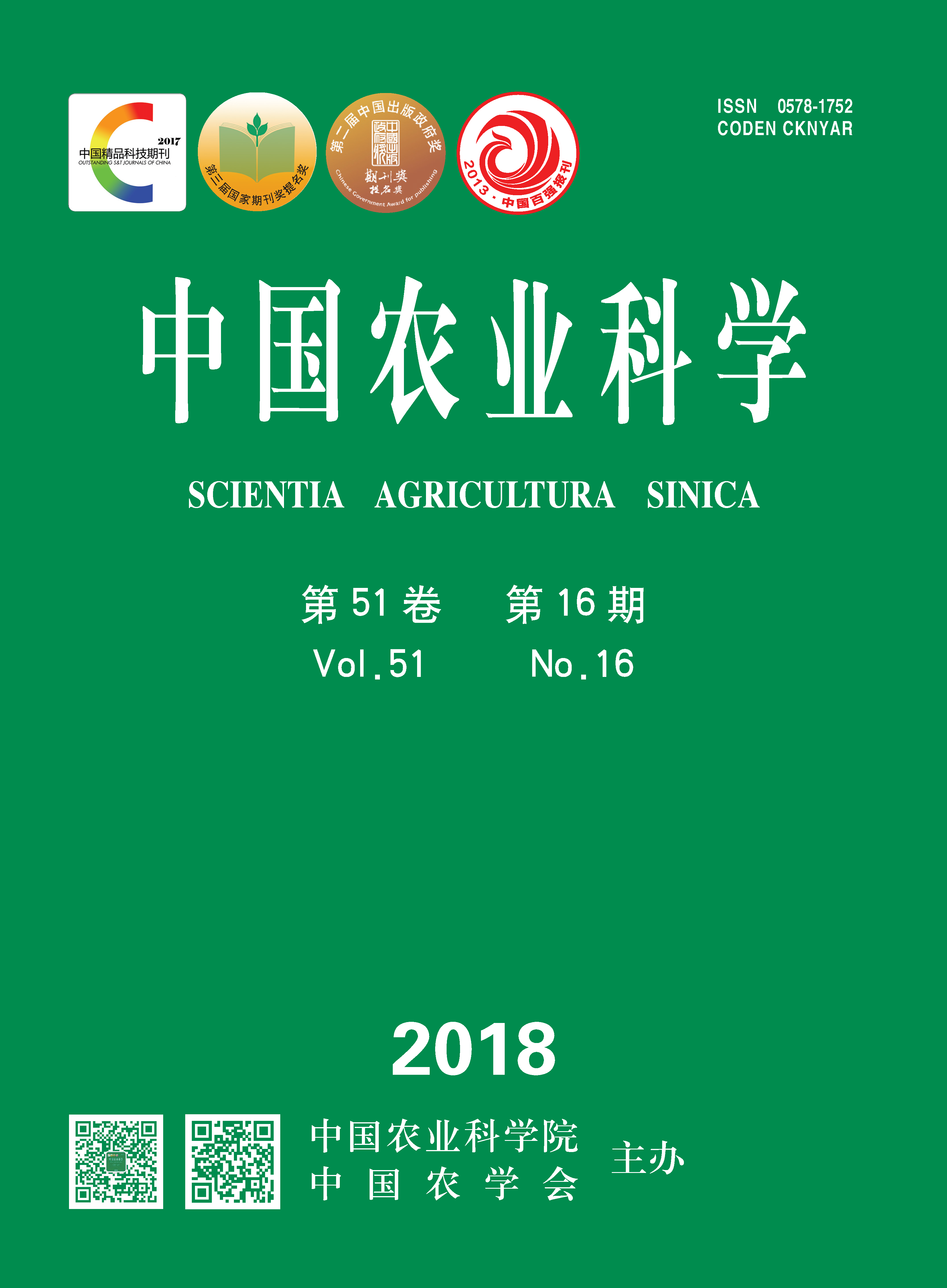-
Progresses of Resistance on Soybean Mosaic Virus in Soybean
- WANG DaGang, LI Kai, ZHI HaiJian
-
Scientia Agricultura Sinica. 2018, 51(16):
3040-3059.
doi:10.3864/j.issn.0578-1752.2018.16.002
-
 Abstract
(
762 )
Abstract
(
762 )
 HTML
(
32 )
HTML
(
32 )
 PDF (1117KB)
(
657
)
PDF (1117KB)
(
657
)
 Save
Save
-
References |
Related Articles |
Metrics
Soybean mosaic virus disease, caused by soybean mosaic virus (SMV), is one of the most serous pathogens of soybean (Glycine max (L.) Merr.), which give rise to the loss of yield and quality in soybean production worldwide. During the recent decade, the studies on soybean against SMV stress have made some progress, includes the mapping of SMV resistant genes, the functional analysis of candidate resistance genes, and the progress in dissecting the SMV resistant signaling pathways in soybean. There are two kinds of resistance to SMV in soybean, quantitative resistance and qualitative resistance. The quantitative resistance to SMV is controlled by an additive major gene plus additive-dominant polygenes, and the qualitative resistance is mainly controlled by a dominant resistance gene. Research showed that the quantitative trait loci (QTL) were mainly on chromosome 6, 10 and 13. So far, 22 SMV qualitative resistance loci have been successively mapped on soybean chromosome 2, 6, 13 and 14. And most of the physical distance between the markers on both sides of the SMV resistance gene loci is within 1 Mb. Among them, there are 8 gene loci (Rsv4, RSC5, RSC6, RSC7 and RSC8 etc.) located on chromosome 2, 10 loci (Rsv1, Rsv5, RSC3Q, RSC11 and RSC12 etc.) on chromosome 13, 2 loci on chromosome 6 (RSC15 and RSC18) and 14 (Rsv3 and RSC4), respectively. According to the Williams 82 whole genomic sequence (http://www.phytozome.net/soybean), the putative candidate genes of SMV qualitative resistance loci were subsequently narrowed down based on their predicted functions, expression patterns and sequence comparison etc. Among these genes, Glyma.02G121400, Glyma.02G121500, Glyma.02G121600, Glyma.02G121800, Glyma.02G121900, Glyma.02G122000, Glyma.02G122100 and Glyma.02G122200 et al. eight genes were considered potential resistance candidate genes to SMV on chromosome 2; Glyma.06G182600 as the most promising candidate gene on chromosome 6; Glyma.13G184800, Glyma.13G184900, Glyma.13G187900, Glyma.13G190000, Glyma.13G190300, Glyma.13G190400, Glyma.13G190800, Glyma.13G194700, Glyma. 13G195100 et al. nine genes and Glyma.14G204500, Glyma.14G204600, Glyma.14G204700, Glyma.14G205000, Glyma.14G205200, Glyma.14G205300 et al. six genes were the putative candidate genes to SMV on chromosome 13 and 14, respectively. Using virus induced gene silencing (VIGS) and transgenic technology etc. analyzed the functions of the candidate genes. The results showed genes GmHSP40, GmPP2C3a, GmAKT2, GmCnx1, GmSN1, Glyma.14G204500, Glyma.14G204600 and Glyma.14G204700 can participate to SMV resistance in soybean as positive regulator. After knocked down GmEF1A and GmeIF5A, viral accumulation level of SMV and pathogenicity increased. They were considered negative regulator to SMV resistance. Based on the research results of SMV resistance gene, regulated model were built for Rsv1 and Rsv3 mediating extreme resistance (ER) against SMV. Rsv1-mediated ER has provided new insight into the soybean signaling network required for ER against SMV. The primary mechanism of Rsv3-mediated ER against viruses was the inhibition of viral cell-to-cell movement by callose deposition in an ABA signaling-dependent manner. In this report, the research progress on the mapping and function analysis of SMV resistance genes and the future research directions of SMV resistance in soybean are summarized. It will provide a basis for molecular design breeding and mechanism research of resistance genes to SMV in soybean.









